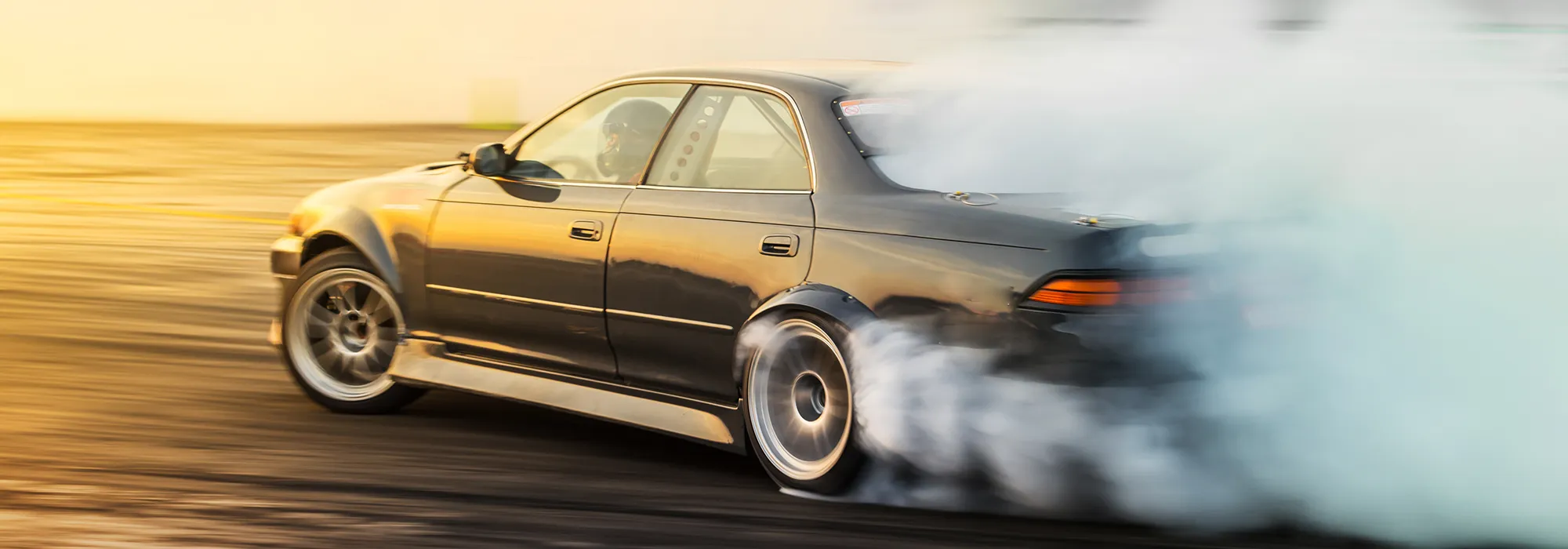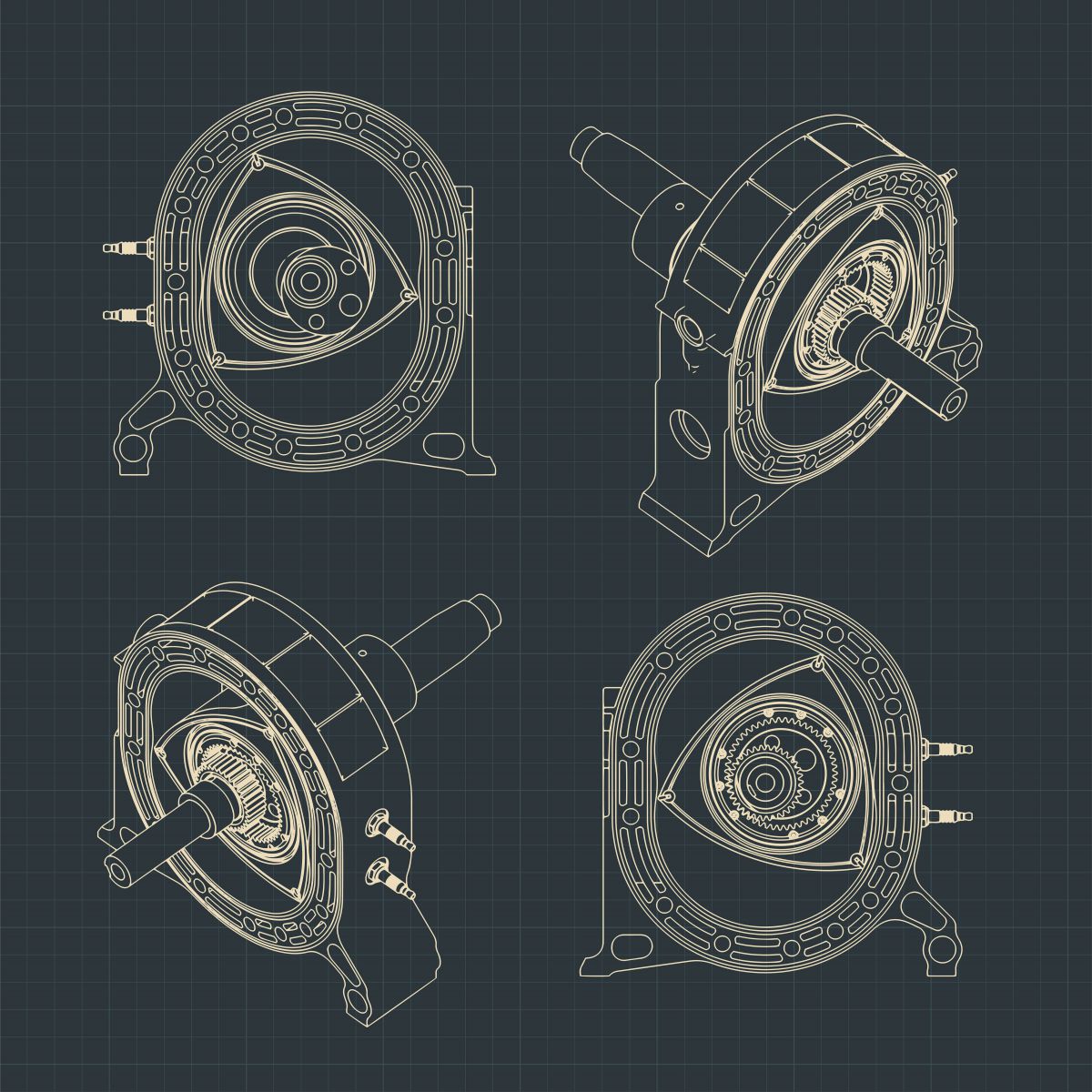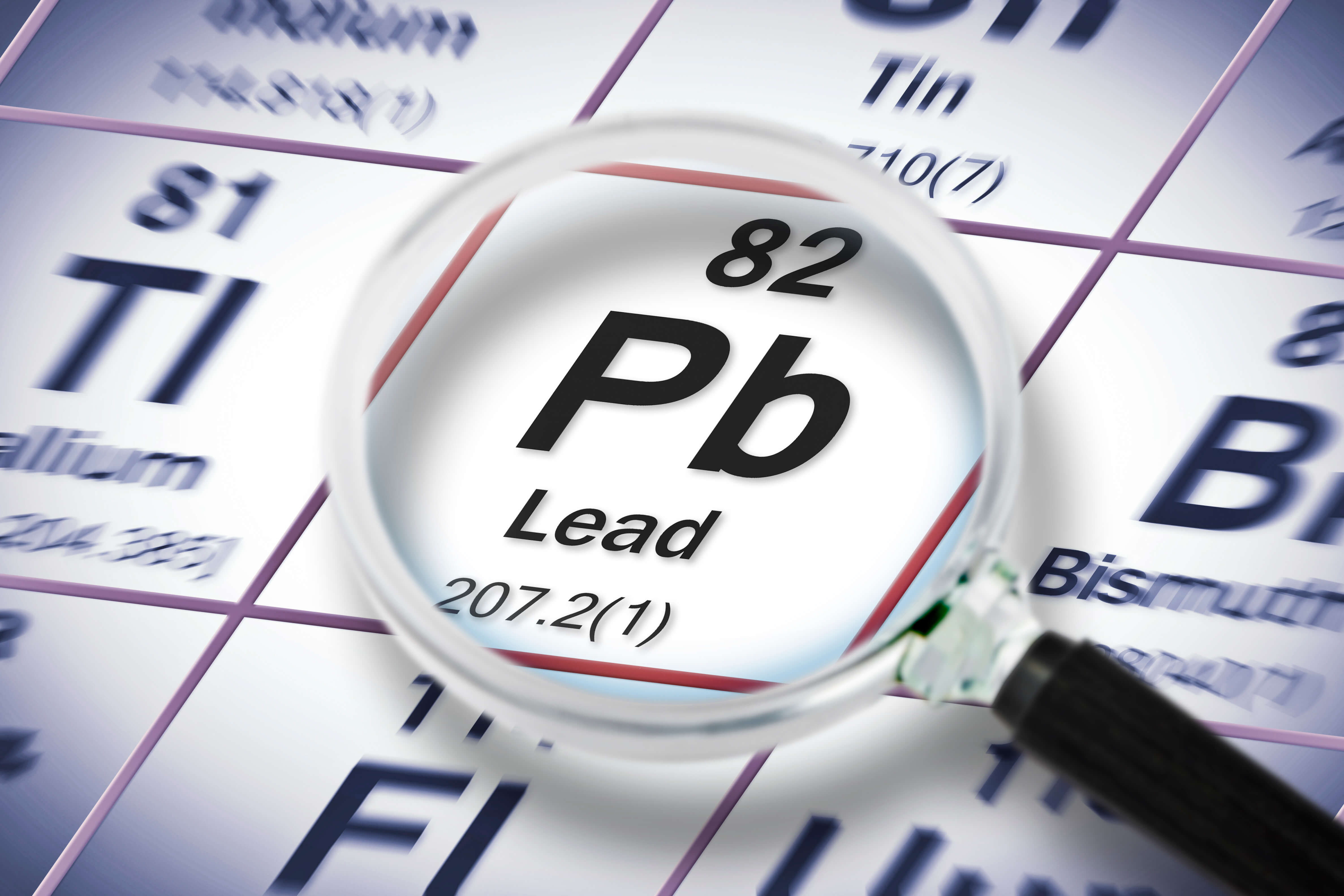Performance Fuels

What Fuel to Feed a Rotary Engine?
- Category:
- Fuel Facts
by Grassroots Motorsports
Posted on 8/1/2024

The rotary engine is a unique animal, combining low compression ratios with high combustion temperatures. It also requires a fuel that can deliver lubrication to the apex seals.
Since that sounds like a tall order for the fuel, we asked for product recommendations from someone who knows championship Mazda race cars: Jesse Prather of Jesse Prather Motorsports. “I will use either 89- or 91-octane pump fuel,” he explains, citing the rotary’s low compression ratio. “Many builders will claim to see more power on even lower octane levels, but I have not found that.
“When you port them for more power,” he continues, “the main issue is keeping the combustion chamber oiled properly. The problem with this is that [standard] engine oil does not burn efficiently and leaves a carbon residue that can cause all sorts of problems. This is why we use racing two-stroke oil at a higher ratio.”
For a turbocharged rotary, Prather recommends 91-octane fuel or higher. “For turbo use,” he adds, “it’s imperative to be aware of your timing and keep that lower for use with boost.”
What would make the ideal rotary fuel? An ethanol-enriched fuel makes more power, Prather adds, but it’s not legal under his racing regulations. A faster-burning fuel also helps increase power. “You have to wrap your head around the fact that the combustion chamber is always moving, and the port timing makes the biggest difference in overlap.”
Can a specialized racing fuel be a better solution? “Combustion chamber deposits/buildup can be a death sentence for rotaries,” notes Zachary J. Santner, senior specialist of quality at Sunoco. “Racing fuels in general are more refined than pump gas and will tend to burn cleaner, with less soot residue. Our unleaded race fuels also contain a healthy dose of detergent to prevent deposit buildup.
“Toluene is an aromatic–double-bond ring structure–hydrocarbon that burns slower than straight or branched hydrocarbons,” Santner continues. “Our best fuels fitting these criteria would be Sunoco Optima, 95 octane, for non-ethanol use and Sunoco 260 GT, 100 octane, for street-legal use, where 10% ethanol helps performance and should be used if rules allow. I can’t stress enough that I didn’t pick these because of high octane: It’s all the other properties that will make a fast-burning, quick-atomization, clean fuel that can offer great performance while protecting the engine.”




